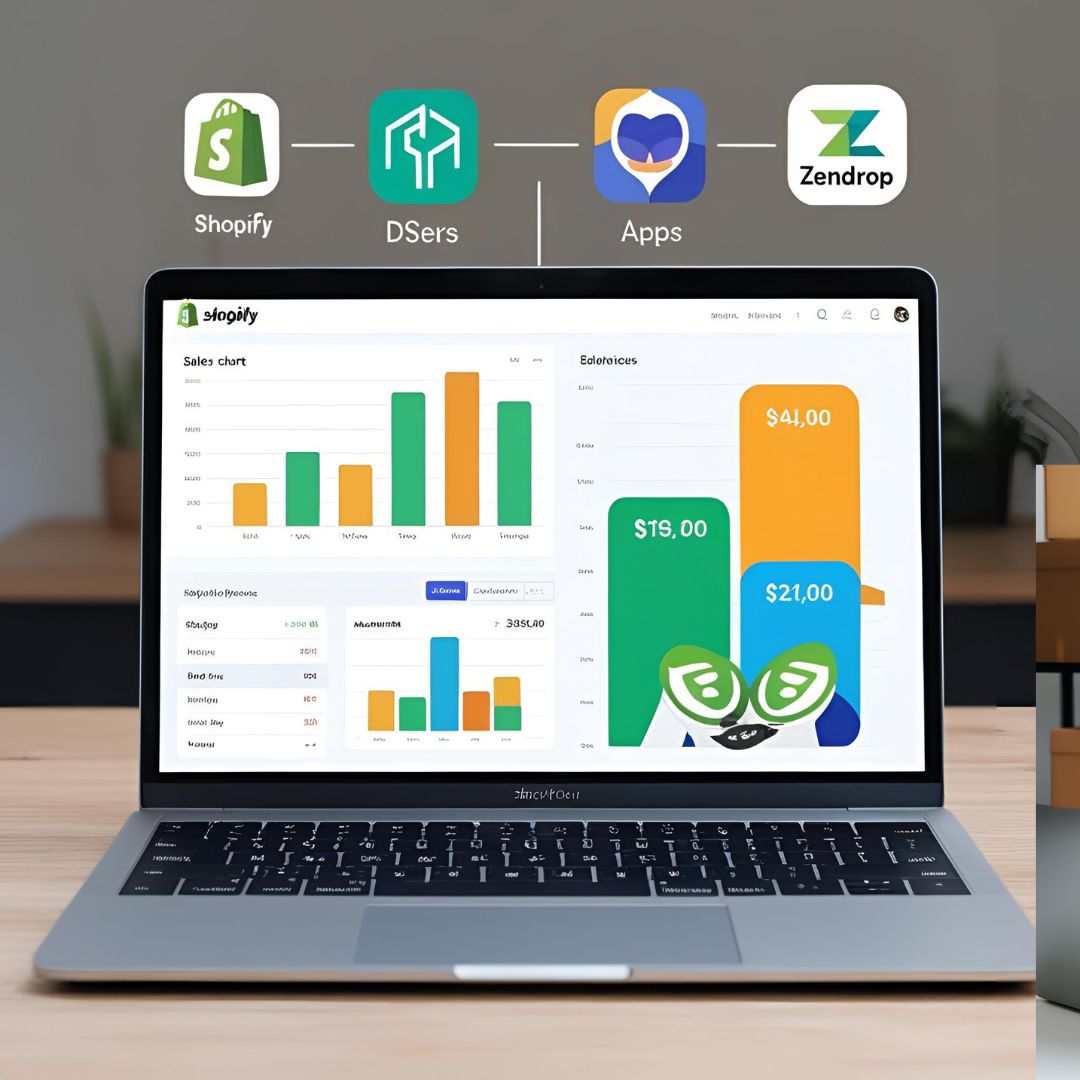Practical tips on titles, descriptions, alt text, and URLs to boost your rankings and drive more traffic to your Shopify store
Why SEO is Essential for Your Shopify Store
Search Engine Optimization (SEO) is crucial for any online store, including those on Shopify. SEO helps increase the visibility of your website in search engine results, meaning more potential customers will find your store. Implementing SEO best practices is a long-term strategy that leads to sustained traffic and higher conversion rates.
Create your store for free with this link: https://shopify.pxf.io/1dolarJ
1. Crafting SEO-Friendly Titles
Titles are one of the most important elements for SEO, as they help search engines understand the content of your page. Well-optimized titles also increase the click-through rate (CTR) from search results.
Tips for Title Optimization:
- Use target keywords: Include primary keywords that reflect what your product or page is about.
- Keep it clear and concise: Google displays up to 60 characters of the title in search results. Make sure your title is descriptive and concise within that limit.
- Avoid keyword stuffing: Use natural language, and don’t try to over-optimize with irrelevant keywords.
Example:
Instead of “Best Quality Yoga Mat Buy Yoga Mat at Lowest Price Online,” use “High-Quality Yoga Mat for Home Practice – Free Shipping.”
2. Writing Effective Product Descriptions
A product description isn’t just for customers; it’s also for search engines. Descriptions should highlight the benefits and features of your product while naturally including relevant keywords.
Tips for Writing SEO-Friendly Descriptions:
- Use unique descriptions: Avoid copying manufacturer descriptions, as duplicate content can hurt SEO.
- Include primary and secondary keywords: Use a few related keywords, but don’t overdo it. Focus on readability.
- Add rich content: Explain why the product is valuable and how it solves customer problems.
Example:
For a yoga mat, mention size, material, eco-friendly properties, and other key features like durability, cushioning, and slip resistance.
Create your store for free with this link: https://shopify.pxf.io/1dolarJ
3. Optimize Alt Text for Images
Since search engines can’t “see” images, alt text helps describe the image to both search engines and users who rely on screen readers.
Tips for Image Alt Text Optimization:
- Describe the image: Use descriptive alt text that explains what the image is about. For example, for a yoga mat image, use “Eco-friendly non-slip yoga mat in blue.”
- Use keywords: Include relevant keywords in your alt text, but do so naturally without keyword stuffing.
- Keep it concise: Alt text should be descriptive but not too long. Around 125 characters is ideal.
4. Optimizing URLs for SEO
URL structure is another key factor for SEO. Clean, readable URLs are easier for search engines to index and for customers to understand.
Tips for Optimizing URLs:
- Use keywords in the URL: Include the product name or relevant keywords in the URL.
- Keep URLs simple and readable: Avoid long strings of numbers or unnecessary characters.
- Separate words with hyphens: Use hyphens (-) to separate words in URLs, not underscores (_).
Example:
Instead of “www.yogastore.com/product-id=12345“, use “www.yogastore.com/eco-friendly-yoga-mat.”
5. Meta Descriptions and Titles for Pages
In addition to product pages, you should also optimize the meta descriptions and titles for your store’s homepage, blog posts, and category pages.
Tips for Meta Title & Description Optimization:
- Meta titles: Make sure your meta title includes the primary keyword and is around 60 characters in length.
- Meta descriptions: Keep meta descriptions around 150-160 characters. Include secondary keywords and create an enticing description to encourage clicks.
6. Mobile Optimization for SEO
More than half of all online shopping is done via mobile, so it’s crucial to optimize your Shopify store for mobile users. Google also prioritizes mobile-friendly websites in search rankings.
Tips for Mobile SEO Optimization:
- Use a responsive theme: Ensure your Shopify store uses a mobile-optimized theme, so it adapts to all screen sizes.
- Test mobile loading speed: Ensure your pages load quickly on mobile devices. Use tools like Google’s PageSpeed Insights to test and improve page speed.
Create your store for free with this link: https://shopify.pxf.io/1dolarJ
Optimizing your Shopify store for SEO is an ongoing process, but the effort pays off by driving more organic traffic and improving your sales. Focus on writing compelling titles, descriptions, and alt texts, as well as ensuring your URLs are simple and clear. Don’t forget to make your website mobile-friendly and optimize for fast loading speeds to improve your chances of ranking higher in search engines.







